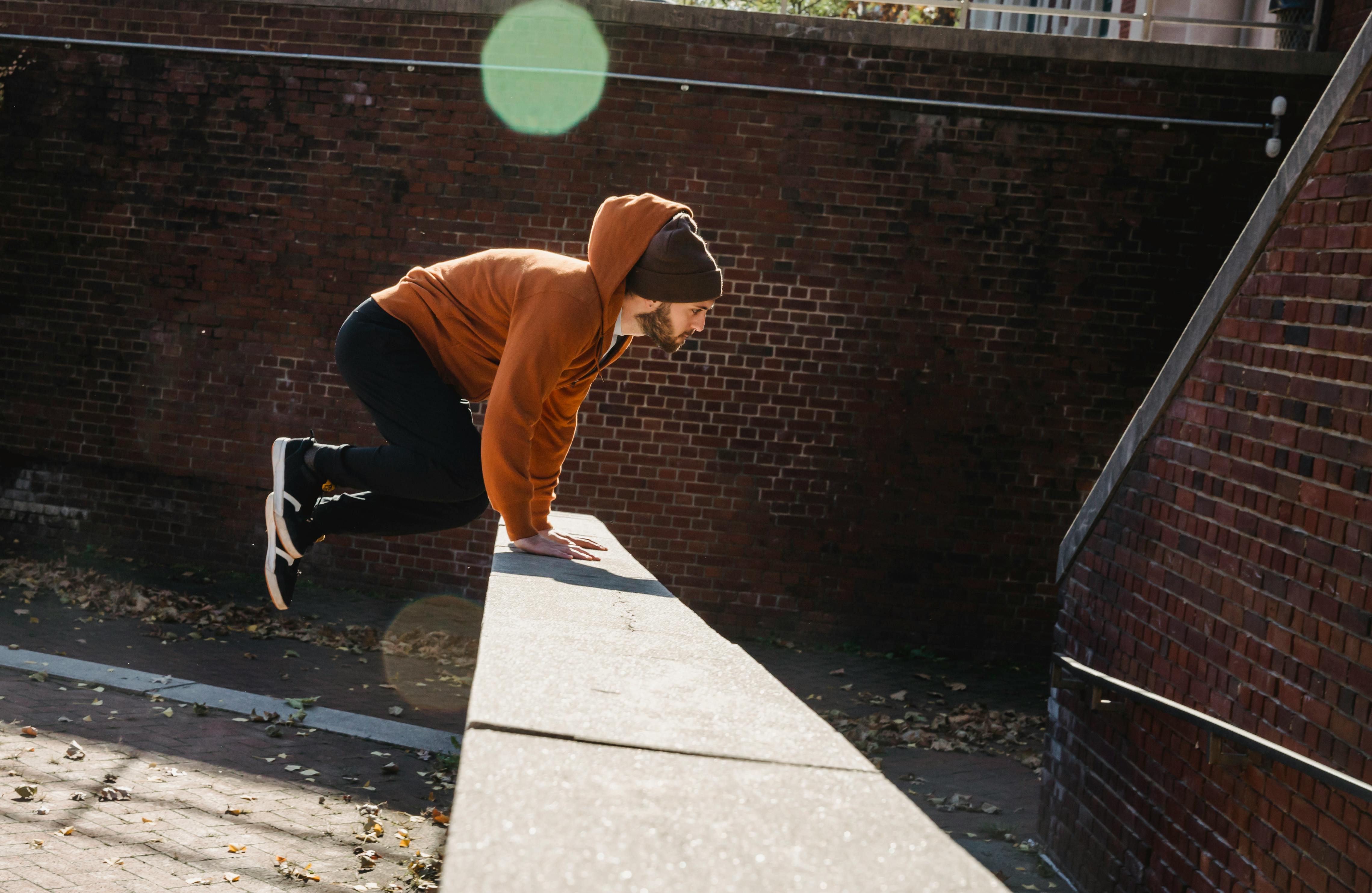In the ancient hills just 1.5 miles south of the city of Uffington, England, there is a three thousand year old drawing of a horse that is both elegant and mysterious. Best viewed from the air, the remarkable stylized horse drawn in white chalk is believed to represent Epona, the Celtic goddess of the horse. The 374-foot drawing was the center of ancient religious celebrations. Every seven years, the drawing of the horse was ritually cleaned. Even today, members of English Heritage clean and maintain the beautiful pattern that beckons us with an air of mystery.
Why are the ancient horse goddesses important today?
Epona, like the horse goddesses of Celtic and other cultures, links the horse, the divine and the feminine. These ancient myths and legends can still inform us today and can help us understand the incredible attraction that so many girls and women have for horses. Beautifully depicted on the top of the English hill, Epona reminds us of a time when women and horses were sacred, honored and free. So who was Epona? What did she represent? And how does she speak to us today through the millennia?
Who was Epona?
The name Epona comes from the Gallic word epos, which means horse. The “on” and “a” at the end of Epona’s name show that she was a female deity. Some translations of Epona are “divine mare” and “she who is a mare”.
Epona was a deity who reigned over the fertility of the earth, who later became the goddess of the equine race. Some historians suggest that she even may have been the prototype for Lady Godiva, the woman who protested taxes imposed on the poor in 1057 by appearing naked on her horse in Coventry, England.
In Germany, Epona was honored as a psychopomp, or spiritual guide to the dead. In Ireland, she was associated with nightmares and also with crossroads. Throughout Western Europe, small figures devoted to Epona were widely found in stables. Epona was clearly revered as a patron deity with deep connections to other realms of knowledge.
Epona Patriarchal Transformation
It seems that the original sacred meaning of this divine feminine deity was altered by prevailing patriarchal values. Horsemen from Gaul (now France) who were recruited in the Roman conquest brought the cult of Epona to Rome, where she had her own festival (December 18) as a goddess of war. Previously, Epona is known to have been widely revered as a protector of horses, cows, donkeys, and oxen. Until the Christian era, roses were used to decorate both horses and stables in honor of Epona. Probably due to the critical role of horses in warfare and Epona’s role as a mediator between the lands of the living and the dead, devotion to Epona was linked with victory in wars. The idea of Epona as a goddess of war is sickening, though it makes sense that a mother would have prayed to Epona as a strong female figure to protect her children and her horses fighting in a faraway land.
Epona’s connection to nightmares was likely a similar adaptation of her original role in mediating daytime consciousness and the unique and uncontrollable world of night dreams. As a crossroads figure, Epona was a mediator between day and night, and between the living and the dead.
Epona is resurfacing in culture
Not much else is known about Epona, so it’s up to us to fill in the blanks with our imaginations. She is a very real presence that resonates with many modern Amazons. Countless women have taken the Epona name for their riding stables and programs. Epona has appeared as a character in Morgan Llywelyn’s popular historical fiction The Horse Goddess. Judith Tarr is another novelist who blends history with fiction in her series White Mare’s Daughter, which features reverence for the horse goddess. Epona’s revival in modern culture can speak to our need to honor the strength and resilience of women, and our connection to the divine feminine.
As we reflect on Epona and the mysterious drawing of the Uffington horse, it seems that there are ancient movements at the heart of the deep love that modern girls and women have for their equine companions.
